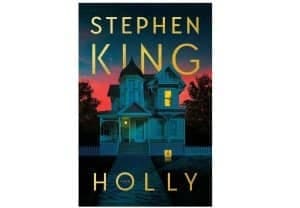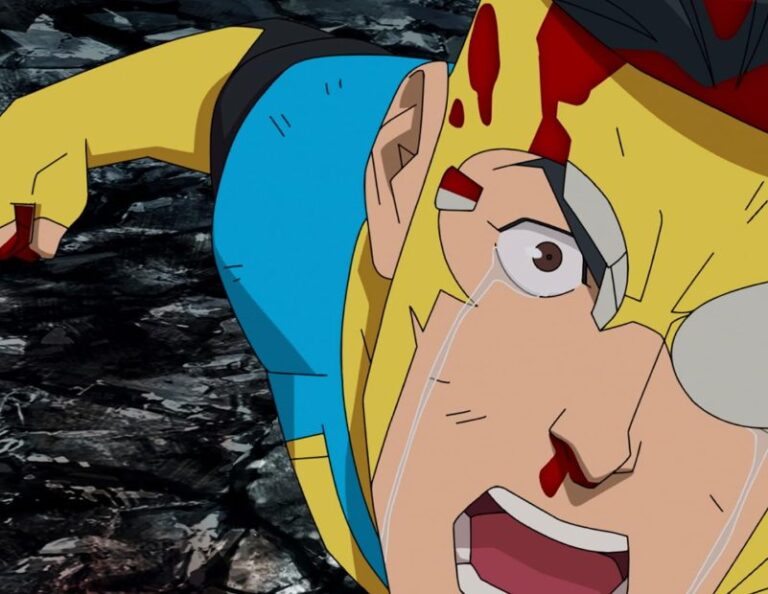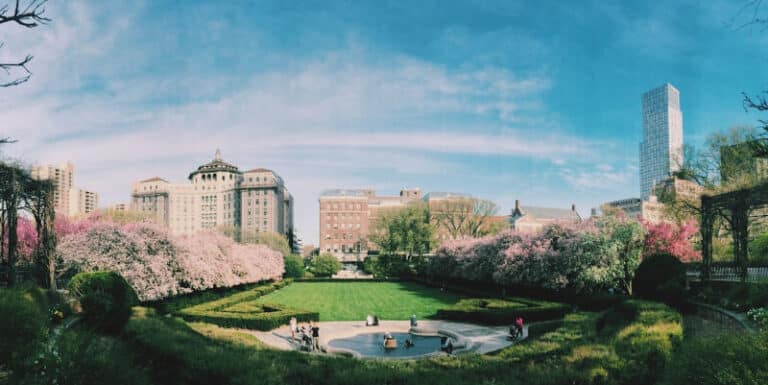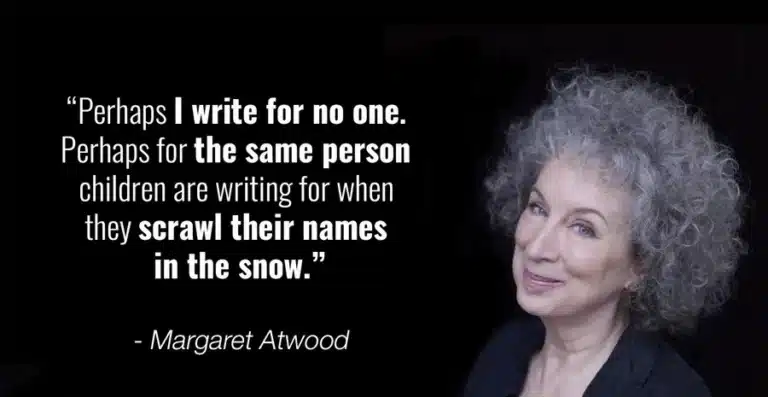Toni Morrisons The Bluest Eye (1970): Critical Analysis
Toni Morrison’s The Bluest Eye, penned in 1970, is the first of her eleven novels. Through this novel, Morrison allows readers to confront disquieting realities about race and capitalism. The novel’s brutal depictions of the effects of racist, capitalist, and white supremacist ideology have resulted in many White conservatives forcing school boards across the country to forbid teachers from using it in their instruction.
Summary: Toni Morrison’s The Bluest Eye
Toni Morrison’s The Bluest Eye centers on Pecola Breedlove, the protagonist and a poor young Black girl, who faces significant challenges with her identity and self-worth as she navigates impossible racial, social, and economic conditions.
Pecola must endure constant personal attacks about her physical appearance. She often hears that she is “ugly,” primarily because of how black her skin is. The text reveals that her skin is not the typical black but the blackest hue. The protagonist’s desire to remedy her “ugliness” triggers an obsession with possessing blue eyes—blue eyes on a Black body.
This obsession inevitably results in a descent into madness. Pecola seeks the aid of Soaphead Church, a charlatan and pedophile, who deceives her into believing she can have blue eyes.
Analysis: Toni Morrison’s The Bluest Eye
The dominant theme of Toni Morrison’s The Bluest Eye is the white standard of beauty, possibly the most destructive force in American life, engenders the conditions that result in Pecola Breedlove’s tragic descent into madness.
Breedlove is the most vulnerable member of Lorain, Ohio: poor, girl, child, Black, and unloved. Readers must recognize that Pecola doesn’t want blue eyes for vain purposes. She believes blue eyes will give her a better life in a better world—a White world. From her experience, White folks live without the almost unbearable daily trauma Blacks combat.
Her phenotype, her skin, in her estimation, is what plagues her. From the protagonist’s perspective, blackness is ugly, and she is wrapped in the most hideous of all blackness. Toni Morrison explained that in writing The Bluest Eye, she wished to expose how destructive a force the white, Western standard of beauty is, unveiling its vicious power through the violence it does to the most vulnerable: Pecola Breedlove.
Utopian Energies in the Novel
Instead of interpreting Toni Morrison’s The Bluest Eye as solely tragic, I posit that Pecola Breedlove is a source of vital Utopian energies. To be clear, I am not diminishing the horror the protagonist experiences. However, by employing the Marxist theoretical construct of Fredric Jameson in Postmodernism, or, the Cultural Logic of Late Capitalism, I find Utopian energies in Pecola.
Jameson contends that given capitalism’s global dominance and many people’s deep belief that it will last forever, even thinking about alternatives to capitalism possesses Utopian energies.
Also, in The Eighteenth Brumaire of Louis Bonaparte, Karl Marx states, “Men make their own history, but they do not make it just as they please; they do not make it under circumstances chosen by themselves, but under circumstances directly encountered, given and transmitted from the past. The tradition of all the dead generations weighs like a nightmare on the brain of the living.”
Therefore, Pecola’s vision of an alternative life and world reveals Utopian energies. Readers should, of course, assess the strength of those energies.
Even as problematic as her desire for blue eyes is, it permits her to maintain some hope. Morrison writes, “Although somewhat discouraged, she was not without hope. To have something as wonderful as that would take a long, long time” (p. 40). With as much racial, social, and economic misery Pecola battles, it would be rather myopic not to view the “hope” she has as crucial resistance to forces striving to crush her immediately.
Parting Thoughts
Toni Morrison’s The Bluest Eye is a novel we should read as more than a “sad” and “tragic” work. Some characters, including Pecola Breedlove, resist the oppressive forces attempting to imprison them. We need to assess the strength of that resistance. However, we should not disregard it.
Since Blacks forced arrival in America, we have always waged powerful resistance or “prophetic fightback,” as Dr. Cornel West calls it, against the ruling elites who wish to annihilate us. Yes, acknowledge the racism, trauma, white supremacy, and troubling capitalist economic conditions in the novel. I certainly have.
However, as Fredric Jameson reminds us, let’s identify those Utopian energies in Morrison’s work. Let’s seek those moments of hope and resistance in the novel. Doing such will enrich our reads of this classic work.
Recommended Reads: 5 Fantasy Novels You MUST Add To Your Library, 2 Chainz’s “Fed Watching”: Resisting Materialism and Surveillance, Curtis Mayfield, Revolutionary Message Music Pioneer, and Gospel Music Television: Tribute to a Pioneer
For More Great Content
For more exemplary gaming and entertainment content, read our daily content on these sites: Total Apex Gaming (click here) and Total Apex Entertainment (click here).






